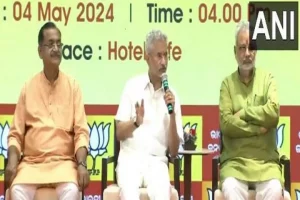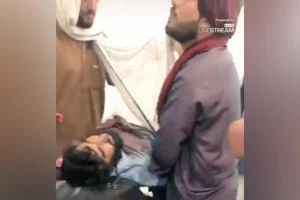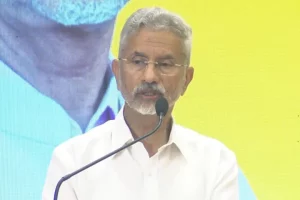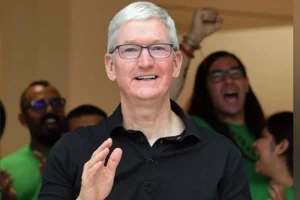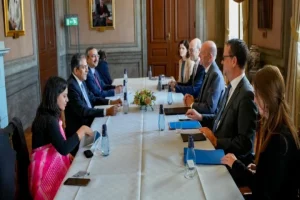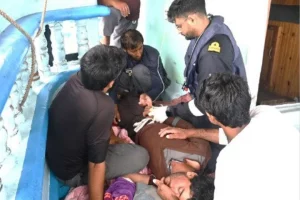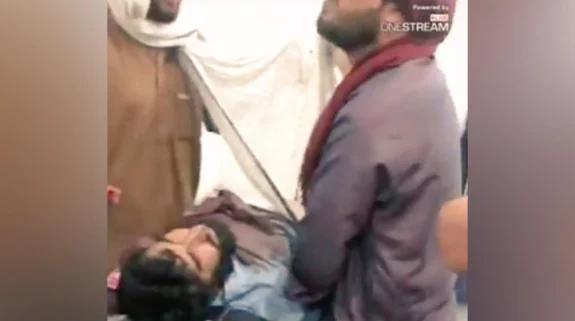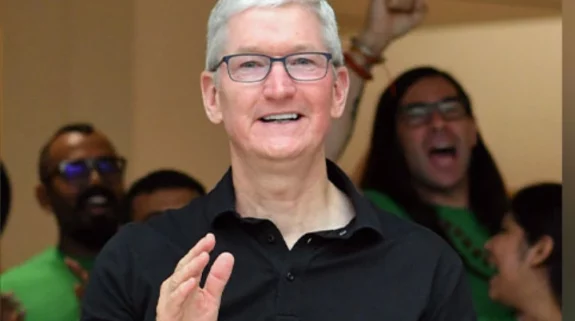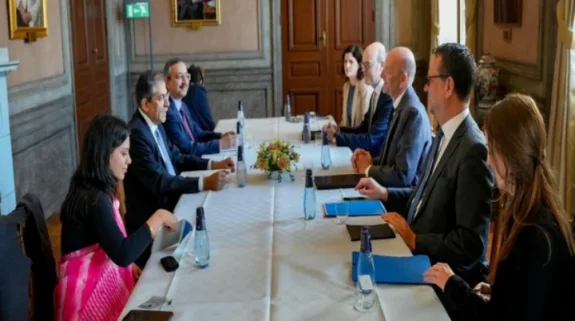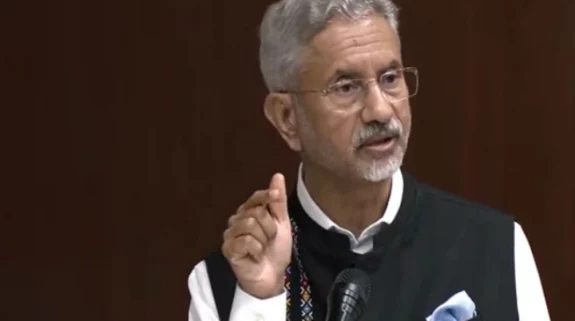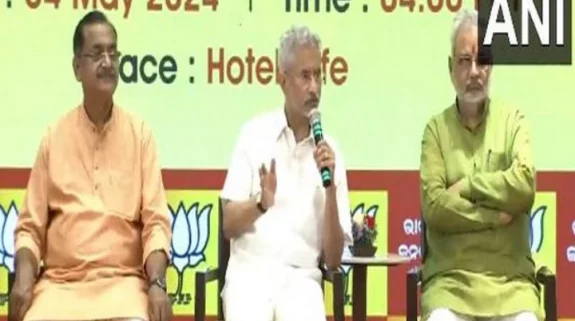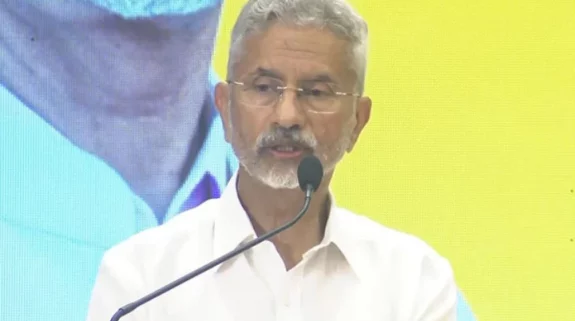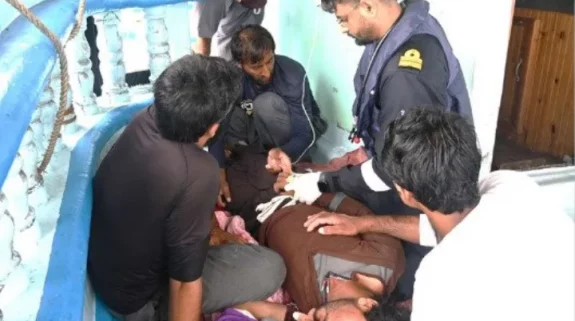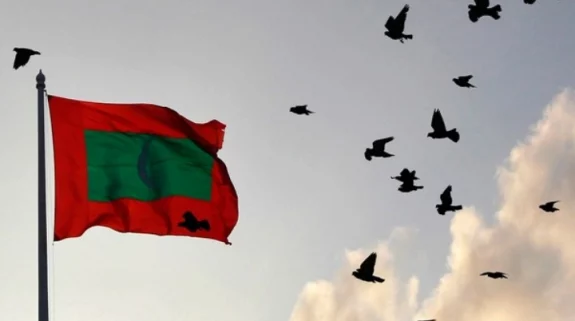Four Indian cosmonauts, shortlisted for India’s first manned space mission Gaganyan, have successfully completed their training in Russia. On Monday, Dmitry Rogozin, the head of the Russian state space corporation, said in his Telegram account, "In the evening we met with Indian gaganauts who had completed their training at Gagarin Cosmonaut Training Center (GCTC). We also discussed with the (Indian) ambassador the future bilateral space projects," as quoted by Sputnik News.
These Indian Air Force officers, who were selected to become astronauts to crew Gaganyaan into orbit, had to undergo an 11 months training course in Russia's Zvyozdny Gorodok city near Moscow.
With a goal to demonstrate India’s “Atmanirbhar Bharat” technology, for the first time in history Indian Space Research Organisation (ISRO) will launch three astronauts into low Earth orbit for a minimum of one week in 2022.This will be a historic moment for India and After receiving training in Russia, these astronauts will now receive module-specific training in India. They will be trained in crew and service modules designed by ISRO and learn to operate it, work around it and do simulations.
The Gaganyaan programme, an indigenous mission that would take Indian astronauts to space, was announced by Prime Minister Narendra Modi in his Independence Day speech in 2018.
Rs. 10,000 crore mission will be a turning point in India's space journey. ISRO has developed some critical technologies like re-entry mission capability, crew escape system, crew module configuration, thermal protection system, deceleration and flotation system, sub-systems of life support system required for Mission Gaganyaan.
The spacecraft, which is being developed by the Indian Space Research Organisation (ISRO), consists of a service module and a crew module, collectively known as the Orbital Module.
ISRO's Geosynchronous Satellite Launch Vehicle GSLV Mk III, the three-stage heavy-lift launch vehicle, will be used to launch Gaganyaan as it has the necessary payload capability.
GSLV Mk III is designed to carry a 4 ton class of satellites into Geosynchronous Transfer Orbit (GTO) or about 10 tons to Low Earth Orbit (LEO). The powerful cryogenic stage of GSLV Mk III enables it to place heavy payloads into LEO's of 600 km altitude.
The launcher uses two S200 solid rocket boosters to provide the huge amount of thrust required for lift off. The crew module, in which the three astronauts will leave for space, will be made of 3.7-metre diameter and seven-metre height.
During 2021, in the run-up to the ambitious manned mission, instead of testing empty spacecraft, ISRO will launch a humanoid robot named Vyommitra, Sanskrit for “space’s friend”, into low Earth orbit, which will act as a dummy astronaut for the test flights. Designed by the ISRO, Vyommitra is programmed to be receptive to its environment, mimic crew activities, and perform life-support operations, all of which will help in assessing issues with the astronauts’ crew modules.
Although the pursuit of accomplishing crewed spaceflight is new for ISRO, the push toward unprecedented goals is not. The Mars orbiter Mission Chandrayan 1 and 2 and 104 satellites launched at once are just a few of ISRO’s recent examples of missions that required entirely self-developed technologies. Though not every moonshot was a success like Chandrayan 2, they showed India’s ability to develop previously untried system designs and mission management strategies.
With the Gaganyaan mission, one such development is enabling astronauts to bathe during spaceflight using water spray technology. Applying subtle pressure on a simple water-fitted gun will enable astronauts to freshen up using the spray in an environment where water does not flow.
Indian cuisine for astronaunts (Pic: Courtesy Twitter/@IND_DefenseNews)
A team of scientists from the Mysuru based Defence Food Research Laboratory, which develops food products for soldiers, have curated the special menu for astronauts from lip smacking upma and poha for breakfast to biryani for lunch, and korma with chapatis for dinner.
It was 37 years ago when India’s first man in space Rakesh Sharma was asked by the then Prime Minister, Mrs Indira Gandhi, "Upar se Bharat kaisa dikhta hai aapko (How does India look like from space?)."
His spontaneous reply was "Saare jahaan se achcha" (Better than the whole world).






